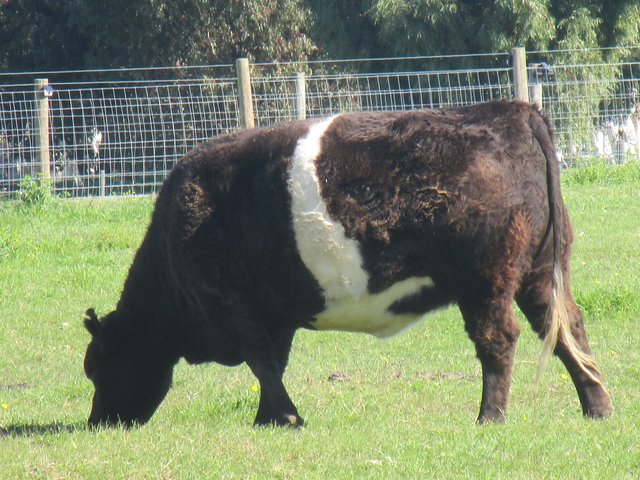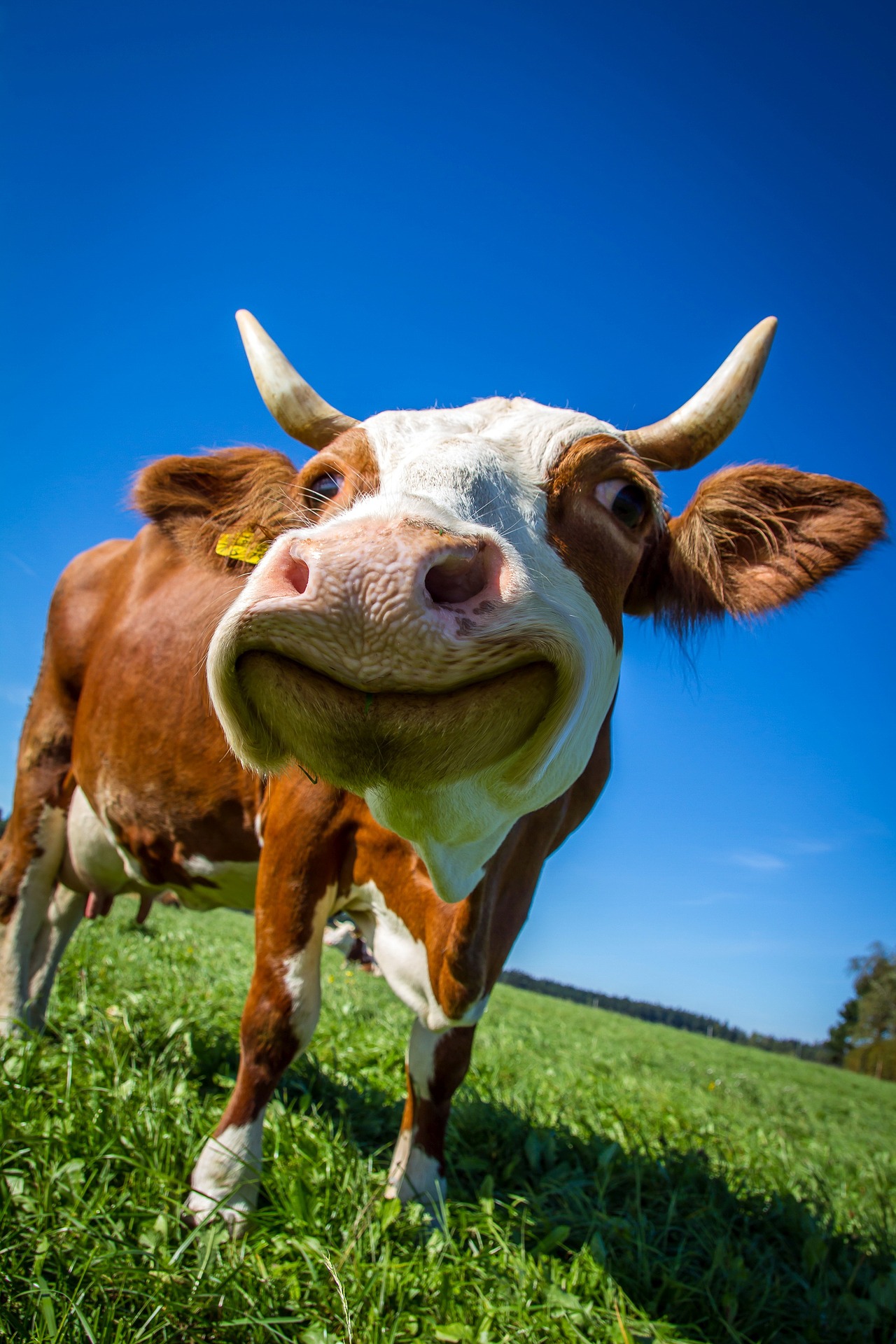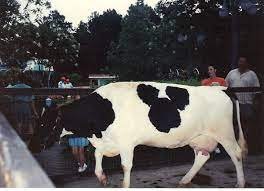A man travelling to work has captured an unusual scene of a cow chewing on a woma python in the Northern Territory.
Andrew Gertz, a refrigeration mechanic from Camooweal in outback Queensland, was travelling along the Sandover Highway, near Lake Nash Station, when he stumbled upon a cow on the road with something long hanging out of its mouth.
Mr Gertz first thought the cow was chewing on a bone before realizing the bovine was snacking on the scaly meal and he said the cow was noticeably unaware there was anything unusual about her meal.
“I seen something hanging out of its mouth and I didn’t really know what it was until I got closer and then I realised it’s a woma (python),” Mr Gertz said.
“There’s a photo where you can see where the cow has chewed it down to the back bone.
“I’ve seen cattle chew on cow hides and dried out bones, but I’ve never seen them chew on a snake, especially fresh too like that.”
Mr Gertz said once he stopped to take photos, the cow dropped the snake and continued on unscathed, leaving the half-chewed snake behind.
“I’m not sure how the snake would have ended up in the cow’s mouth, there had been some rain ahead of us and I could see no tracks in the sand and road, so it wouldn’t be that the snake was hit by a car and picked up on the road by the cow,” Mr Gertz said.
“It could have bitten the cow’s tongue, that could have been a possibility.
“I showed my boss and the locals where I was going to, and most of them have lived in the Territory for years around cattle, and they haven’t seen anything like it before.”

CQ University livestock researcher, Dr Diogo Costa said based solely on the photos, it would appear that a phosphorus deficiency may have made the cow put the snake its mouth.
“It’s not normal animal behaviour but phosphorous deficiencies can turn a cow as mad as a cut snake,” he said.
“Along with calcium, phosphorous is one of the most plentiful minerals in a cow’s body, and there are times in an animal’s life where it may need more than normal – for example a cow in lactation will have a higher requirement because of the P going to the milk, or a growing animal will have a higher requirement in comparison to one not putting on weight.
“There are many areas in northern Australia with very low levels of P in the soil and this is why P supplementation is usually recommended during the wet season in northern Australia when animals start putting on more weight and their requirements increase.
“Phosphorus is stored in the bones and clinical P deficiency can result in health issues such as spontaneous fractures due to bones getting weaker, or to reductions in fertility rate and weight gain.













